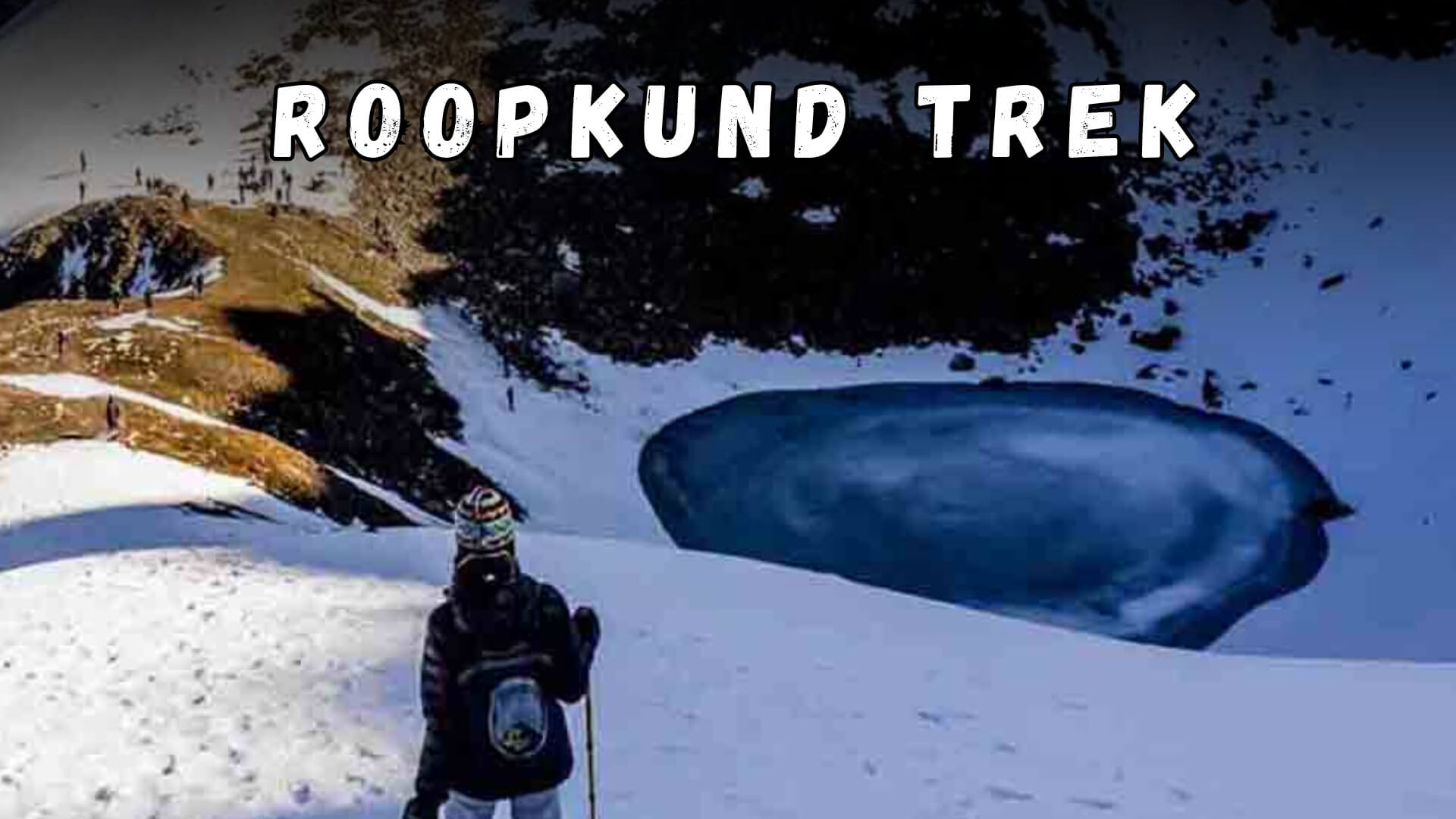Roopkund Trek
Nestled at 4,800 meters in Uttarakhand's Chamoli district, Roopkund Lake is one of
India's most fascinating high-altitude wonders. Known as the "Skeleton Lake," its icy
waters hold over 500 ancient human skeletons dating back to 850 AD, visible along its
shores when the snow melts. Surrounded by the majestic Trishul massif near popular hill
stations like Nainital (217 km away), this mysterious site attracts adventurers and
scientists alike, all drawn to unravel its chilling secrets.

Discovered in 1942 by ranger H.K. Madhwal, the skeletons sparked global
curiosity. Research by Indian and European teams in 2004 revealed the victims included
diverse groups - some tall, some short - wearing jewelry and possibly related to each
other. Scientists now believe a sudden, violent hailstorm (with cricket ball-sized hail)
caused their deaths in the exposed Himalayan terrain. The icy conditions preserved the
remains for centuries, though their purpose in the mountains - pilgrimage, trade, or
settlement - remains debated. Some theories connect them to the Nanda Devi Raj Jat
festival held every 12 years.
Starting from Lohajung village, the "Skeleton Lake Trek" winds through breathtaking
Himalayan landscapes - lush Bugyal meadows, conifer forests, and the Pindar River
valley. Trekkers pass grazing lands, ancient temples, and cascading waterfalls while
camping under starry skies. Highlights include Bedni Bugyal's autumn festivals and
panoramic views of Trishul and Nandghungti peaks. Though beautiful, the weather remains
unpredictable year-round, demanding proper preparation for this challenging
high-altitude adventure.
Beyond its macabre skeletons, Roopkund offers pure Himalayan magic. The lake's
ice-covered surface sparkles against stark mountain backdrops, while surrounding alpine
meadows burst with wildflowers in summer. It's a photographer's paradise and trekker's
dream, combining natural beauty with historical intrigue. The journey also connects
travelers with Garhwali culture through remote villages and age-old pilgrimage
traditions.
Ideal for experienced trekkers, the 4-6 day Roopkund expedition requires proper
acclimatization and gear for changing conditions. While summer (May-June) offers clearer
trails, autumn (September-October) showcases vibrant local festivals. Partnering with
reputable guides ensures safe passage through rocky glaciers and high passes. Whether
you're drawn by history, adventure, or stunning landscapes, Roopkund promises an
unforgettable Himalayan experience that lingers long after you've left its mysterious
shores.




